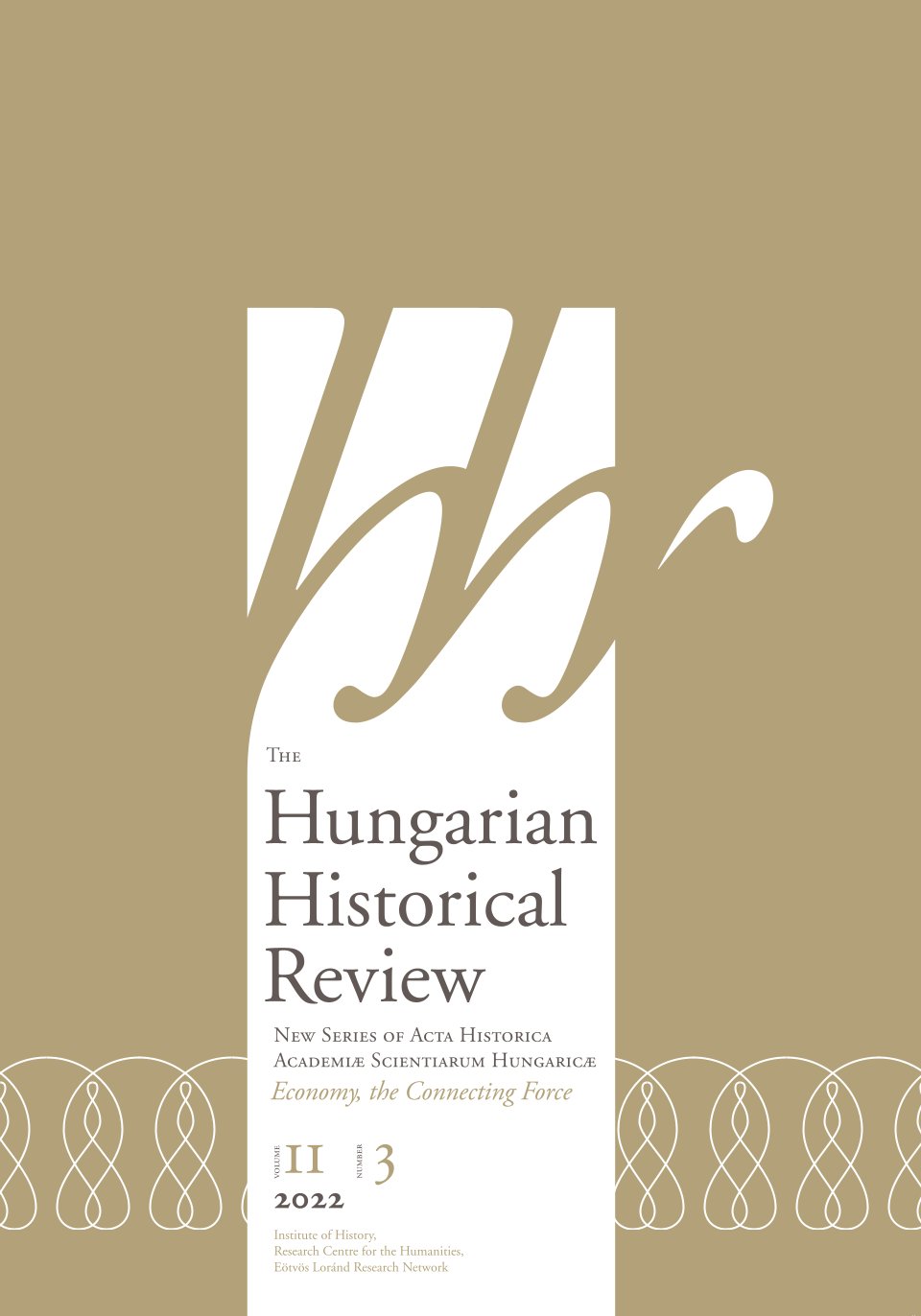
Chronological observations and the origin of the appearance of red slip coating on Árpád Age cauldron fragments in the light of the excavations at Végegyháza, Zsibrik-domb site
Between 2003 and 2008 a research excavation was undertaken at the site of Végegyháza, Zsibrik-domb, also known as Kaszaper Templom-domb (medieval Pereg). The present paper describes the analysis results of the Árpád Age and the late medieval period features and the artefacts within. The pottery assemblage retrieved from the investigations offers new insights into the ceramic traditions of the Árpád Age within the area, whilst the recovery of baking bell fragments of the same date constitutes some of the best evidence for its use extending into the Árpád Age within Southeast Hungary. Analysis of painted cauldron fragments recovered from the features suggests the tradition originated in the Balkans and was brought to the area by a Slav community towards the end of 12th and beginning of 13th century. Textual evidence suggests that the area was inhabited again by a South Slav community in the 17th century. The recovery of fragments of a different type of baking bell from the late medieval archaeological assemblage corroborates these few written sources. The faunal remains analysis shows that the economy practices of the studied settlement based on animal husbandry and were similar to those of other Árpád Age rural settlements within Southeast Hungary.
More...









